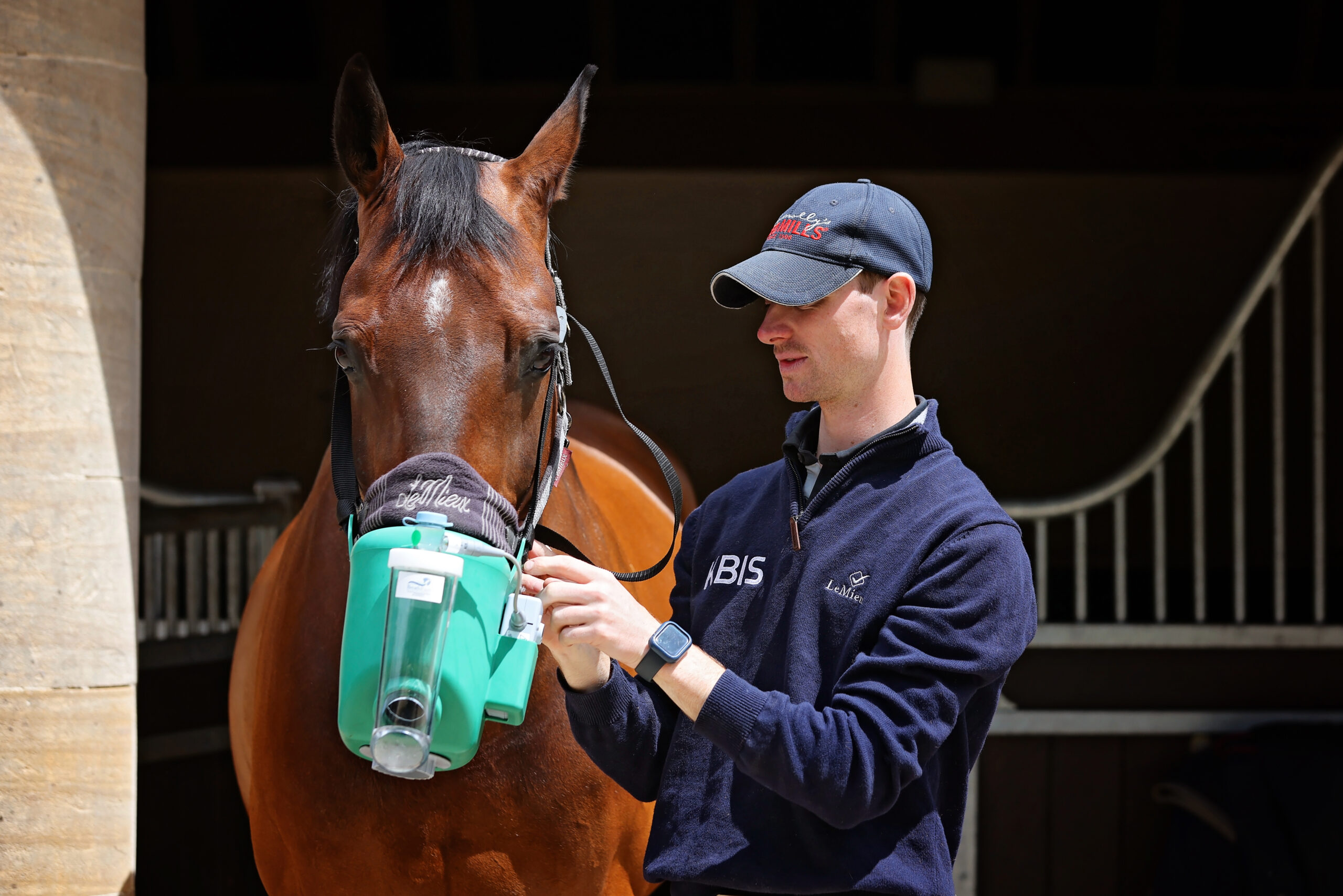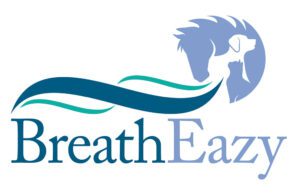
February 2025
Feature in The Veterinary Edge
Horses are exceptional athletes, with a VO2 max (maximal oxygen uptake) that far exceeds that of humans – 180 ml/kg/min compared to our 80ml/kg/min.¹ Despite this physiological advantage, equine athletic performance is uniquely constrained by their respiratory system.Unlike many other mammals, horses are obligate nasal breathers, meaning they cannotmouth-breathe to decrease airflow resistance during intense activity. This limitation places a significant strain on their ventilatory capacity and during high-intensity exercise, when oxygen demand is high, virtually all horses experience hypoxaemia (reduced blood oxygen levels) and hypercapnia (elevated carbon dioxide levels).²
Even minor impairments in respiratory function can significantly impact a horse’s ability to perform and recover. Maintaining optimal lung function is therefore essential not only for achieving peak athletic performance but also for supporting general health and welfare.
Read the rest of the article in The Veterinary Edge on pages 32-34 by clicking the button below.
References
